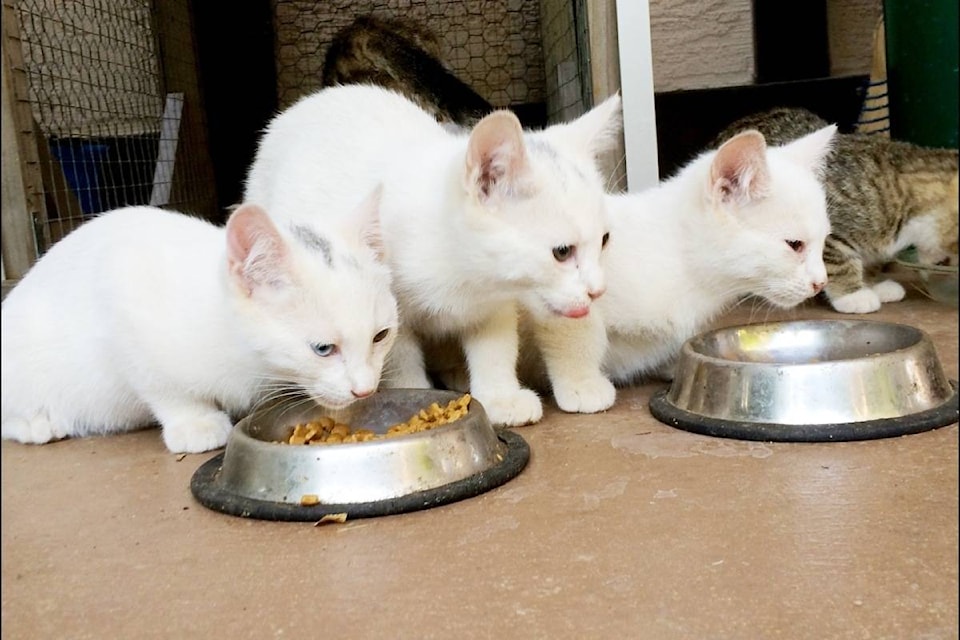The number of feral cats in the Parksville Qualicum Beach area has declined greatly, says a volunteer with CatSpan.
In the more than 20 years that CatSpan has been around, the organization has trapped, spayed and neutered more than 2,000 cats, said CatSpan volunteer Belinda Davies.
“I think we’ve made a huge dent in the feral cat population,” Davies said.
Last Monday (May 1), DG Blair of the Stewardship Centre for B.C. presented at Qualicum Beach town council on the impacts of free-roaming cats on wildlife and birds. She also gave an overview of resources for municipalities and pet owners to improve the health and welfare of cats, birds and wildlife.
Blair said in Canada there are more than 10 million pet cats and two million stray cats.
“However, twice as many cats are dumped in shelters as compared to dogs, and while 30 per cent of dogs are returned to their owners, usually less than five per cent of cats are returned to their homes,” Blair said.
Davies said there are two types of outdoor cats: free-roaming and feral. She said free-roaming cats are domestic cats that have been abused, neglected or abandoned and are roaming because they don’t usually have any choice. True feral cats, Davies said, are born in the wild.
For about 20 years, Davies said, CatSpan focused on feral cats, but recently the focus has turned to free-roaming cats.
Free-roaming cats, Blair said, are really impacting bird populations and in some bird species, there has been a decline of 90 per cent.
“The number one thing, and the one reason I think that we’re bringing this topic up, is that the impact of domestic and feral cats on birds is the number one reason why there are a lot of birds dying in Canada each year; an estimed 270 million birds per year in Canada.”
Davies said CatSpan spends about $8,000 per year for food for free-roaming cats so the population isn’t feeding on birds.
Blair said what municipalities can do is enact bylaws, which are accompanied by public awareness campaigns. Municipalities, she said, don’t have to reinvent the wheel since SCBC has worked on policies and bylaws.
Davies also said community support and education would help stop or prevent cats from being abandoned or left unfixed.
SCBC has development tools, workshops, courses and programs on ecosystems, habitat and species-at-risk to help to sustain natural landscapes and watersheds.
